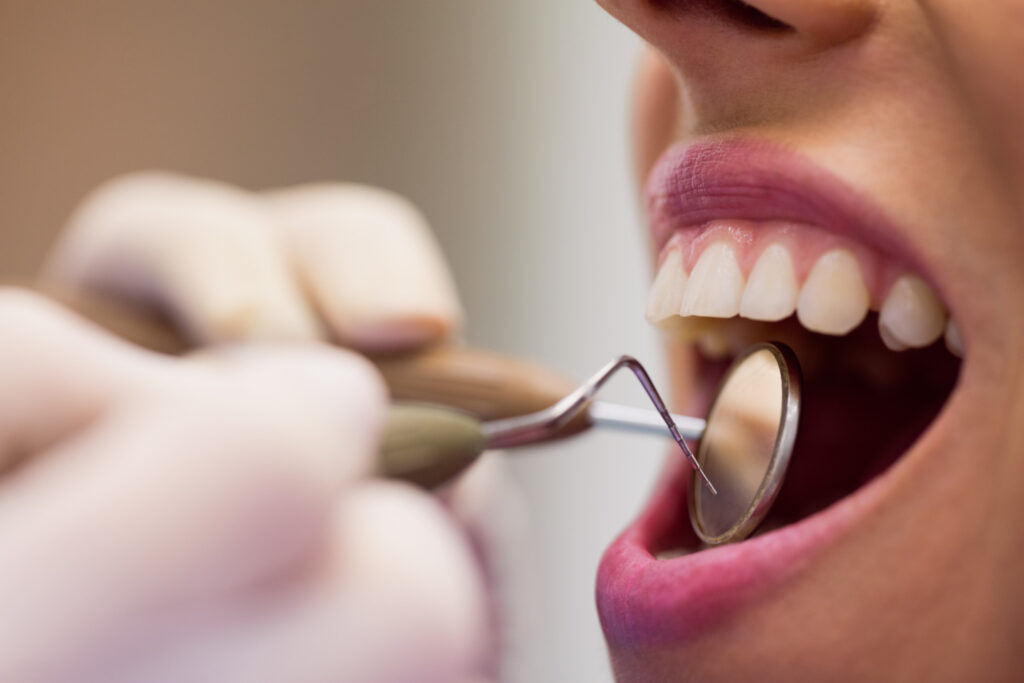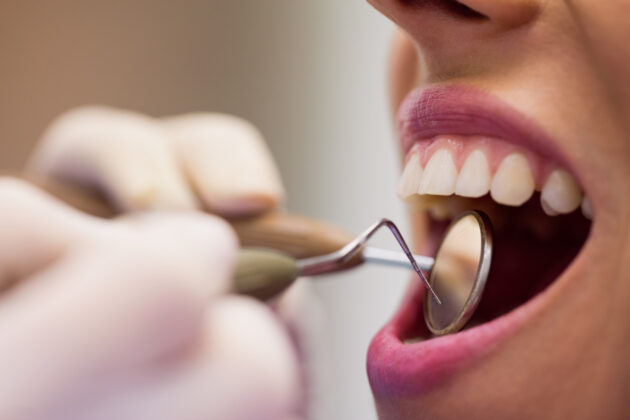
A bright, beautiful smile is among the very desirable aesthetics, alluding to confidence and great health. But keeping the lustrous shine on those teeth may prove to be a permanent effort, as life activities and diet choices often work towards dulling them. Tooth shade, in general, depends largely on genetics and aging of the person, but certain common habits and other things contribute significantly to external discoloration of the teeth. The first step towards preventing this extrinsic discoloration and keeping that smile brilliant is to get acquainted with the staining culprits. By learning the external factors of stain formation and subsequently altering your habits to avoid them, you far better the chances of maintaining the natural whiteness of your teeth.
Table of Contents
- 1 1. Drinking Teeth-Staining Beverages:
- 2 2. Pigment-Rich Foods:
- 3 3. Routine Ingestion of Acidic Drinks:
- 4 4. Prolonged Residence Time of Food and Drinks in the Mouth:
- 5 5. Insufficient Water Intake:
- 6 6. Smoking and Tobacco Use:
- 7 7. Absenteeism in Brushing and Flossing:
- 8 8. Snubbing Regular Dental Check-ups:
1. Drinking Teeth-Staining Beverages:
The biggest culprits for staining in the beverage category are ironically the same ones we embrace every day. Coffee, black tea, and red wine are rich chromogens: molecules of colored pigment that readily stick to tooth enamel. Then, there are tannins-another type of compound that encourages stains to cling to teeth. Therefore, even dark-colored sodas should not be underestimated when it comes to staining. Although abstinence may be inappropriate to suggest, solutions to minimize staining include rinsing the teeth with water right after drinking, using a straw to keep dark drinks from splashing on the front teeth, or using a little milk with your tea or coffee to counteract some of the tannins, since proteins can bind to tannins.
2. Pigment-Rich Foods:
Just as their stained counterparts in the beverage world have effect, these foods do too. Anything that leaves a strong stain on your fingers or clothes-brightly colored berries (blueberries, blackberries, cherries), beetroot, and strongly colored sauces (like tomato, soy, or curry)-has powerfully potent pigments capable of transferring to your tooth enamel. Sticky candies pose a double threat: they are sticky, meaning they prolong contact time between them and your teeth, hence aiding stain formation; the sugar in them encourages bacteria growth. Being conscientious about these foods and rinsing your mouth after eating them may go a long way towards lessening their stain effect.
3. Routine Ingestion of Acidic Drinks:
There’s more to it than mere color: acidity! White wine, carbonated soft drinks, sports drinks, and citrus juices rank high amongst acidic drinks. Lorsqu’ils ne sont pas profondément colorés, leur acidité ramollit l’émail des dents, ce qui le rend plus poreux et facilement susceptible à la coloration causée par d’autres aliments et boissons qu’on consomme plus tard. Par ailleurs, l’érosion de l’émail laisse apparaître sous lui le jaune minéral dentin, ce qui attribue un ton assombri aux dents. On recommande donc une consommation modérée de boissons acides, de préférence avec une paille, puis éviter de se brosser les dents pendant au moins 20-30 minutes pour éviter de brosser un émail ramolli.
4. Prolonged Residence Time of Food and Drinks in the Mouth:
Sipping through a hot beverage for an hour or munching for a long time sounds harmless, yet this extended period of contact with staining agents immensely increases the chances for these agents to settle in the enamel. The more foodstuff or beverage stays in contact with the teeth, the further acids work while pigments finally set. Thus, quickly swallowing and rinsing after eating and drinking cuts down on the latter.
5. Insufficient Water Intake:
Water is nature’s rinse cycle for your mouth. Drinking plenty of water throughout the day helps wash away food particles, staining agents, and acids from your tooth surfaces. It also stimulates saliva production, which is your mouth’s natural cleansing and buffering agent. Fluoridated tap water offers the added benefit of strengthening enamel and providing protection against decay, further contributing to a healthy, stain-resistant smile.
6. Smoking and Tobacco Use:
Perchance the vilest of all discolorers is tobacco use. Tobacco, whether smoked or chewed, will stain the teeth yellow, brown, black even. The tar and nicotine from smoking seep into the little microscopic pores of the tooth enamel, staining the teeth so deeply that removal is a terrible task. Apart from restricting smile value, tobacco use is also a cause of gum diseases leading to tooth decay and oral cancer. Hence, stopping the use of tobacco will be the best single intervention concerning your smile and health.
7. Absenteeism in Brushing and Flossing:
Fundamental is this one. Equivalent to not brushing twice a day and flossing once is the accumulation of dental plaque on your tooth surfaces. This sticky bacterial film is porous and acts like a magnet, absorbing and retaining chromogens from foods and drinks with ease. With more plaque, there will be more surface for stains to cling on, hence dimming the color of your teeth. Hence, the more plaque, the more appropriate the surface for stains to cling to, making your teeth appear dull and discolored. Periodic, thorough oral hygiene is a major defense against stain buildup.
8. Snubbing Regular Dental Check-ups:
Dental care by a professional is a must to hold your charming smile for years. After a few dental cleanings from the hygienist, one gets rid of hardened plaque or tartar and extrinsic surface stains that the light will prevent ever being washed away by a bunch of brushing exercises. A dental professional will also help identify early prognoses of other circumstances such as cavities or cracks that may appear as dark stains. They will give you much personal advice based on your habits and diet and will recommend professional whitening if necessary. Visiting a trusted dental clinic near Bradford regularly ensures that your smile remains healthy, strong, and as white as possible, tackling staining factors before they become deeply set.
